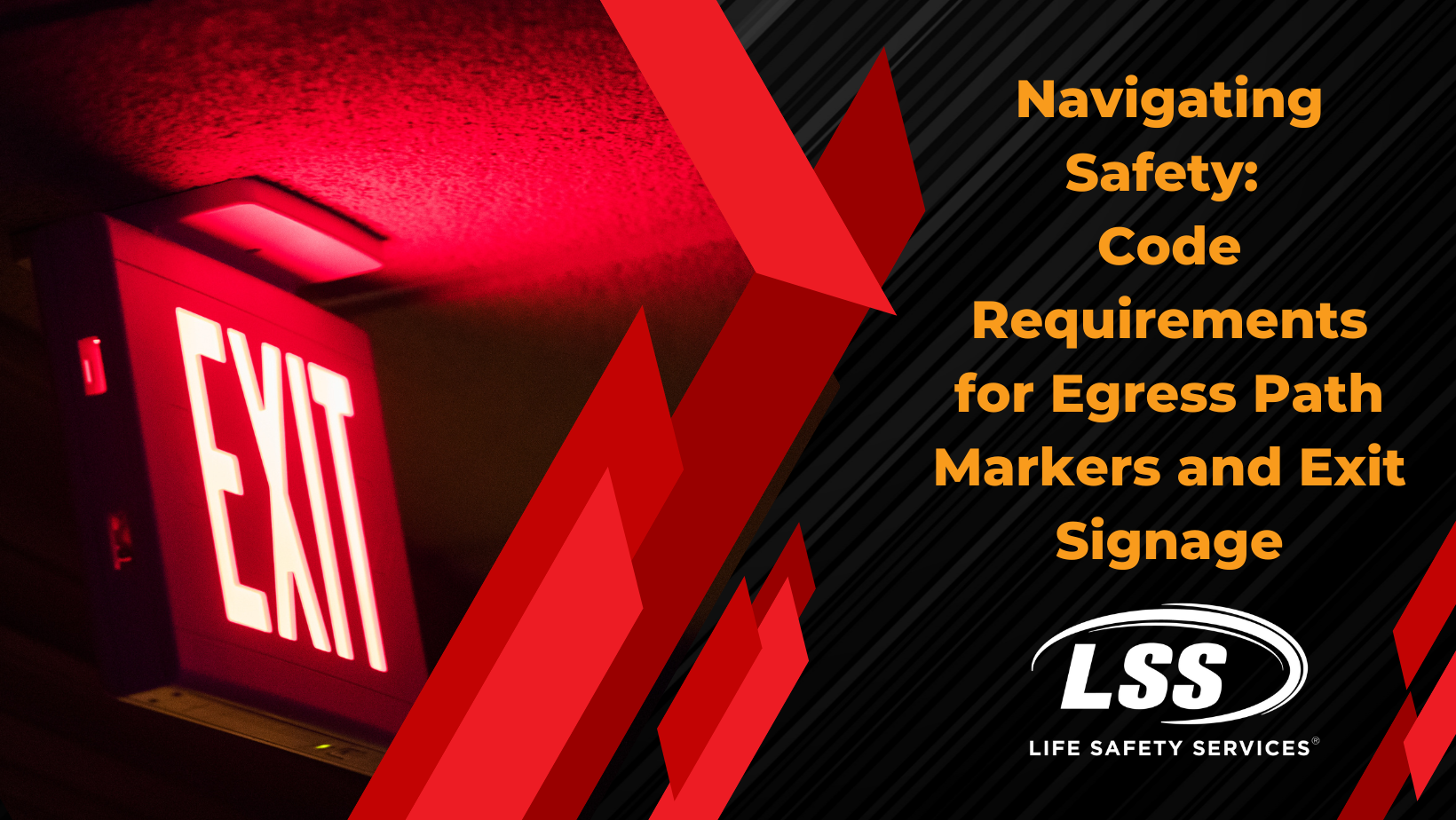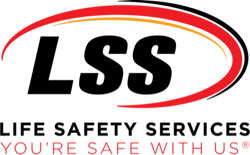
In any building, ensuring the safety of occupants is paramount. In emergency situations, such as fires or power outages, clear and effective egress pathways become crucial. This is where egress path markers and exit signage come into play. Not only do they guide people to safety, but they also comply with important building codes and regulations.
Exit Signage: A Clear Way Out
Exit signs are more than just red letters on a green background. They're a lifeline for individuals trying to find their way to safety during emergencies. According to most building codes, exit signs must be installed above all exit doors and at locations where the exit path isn't immediately apparent. These signs must be illuminated by a reliable light source, whether it's a battery-powered backup or a connection to the building's electrical system.
Code requirements also dictate the proper wording and size of exit signs. Standard phrases like "EXIT" or "EMERGENCY EXIT" are universally recognized. The lettering must be visible and legible, typically around 6 inches in height. Exit signs should be strategically placed to ensure they're seen from all angles and distances, guiding occupants towards the nearest exit.
Egress Path Markers: Illuminating the Way
While exit signs point the way to safety, egress path markers help individuals stay on the correct path as they navigate through dark or smoke-filled corridors. Building codes require that egress path markers illuminate the egress path, such as hallways, stairwells, and corridors, providing sufficient light for safe movement.
The specifics of egress path marker requirements can vary based on local building codes and standards, but generally, they should be installed at floor level to clearly indicate the path to follow. These markers are often equipped with photoluminescent or illuminated materials that absorb and emit light, ensuring visibility even in low-light conditions.
Compliance with Building Codes
Building codes are established to safeguard the lives of building occupants, especially during emergencies. Non-compliance with these codes can result in serious consequences, including fines and compromised safety. It's crucial for building owners, facility managers, and architects to familiarize themselves with local building codes and regulations related to exit signage and egress path markers.
LSS offers the installation of Photoluminescent (PL) Egress Path Marking Systems and Photoluminescent Exit Signs in compliance with the following codes and standards:
- 2009 IFC Means of Egress, January 2009
- 2009 IBC Means of Egress, January 2009
- NFPA 101 and 5000, January 2009
- California, Chapter 10, January 2008
- Connecticut, Section 1026, January 2008
- New York City Code, July 2008
- New York City Local Law 26, 2004
- GSA for all Buildings, January 2009
Egress path markers and exit signage are more than just regulatory requirements; they are essential elements in ensuring the safety of building occupants. By adhering to building codes and standards, these visual cues help guide people to safety in emergencies, even when visibility is limited. In the end, investing in well-placed, properly illuminated egress path markers and exit signs isn't just about compliance – it's about creating a secure environment where individuals can confidently navigate their way to safety when it matters most.

